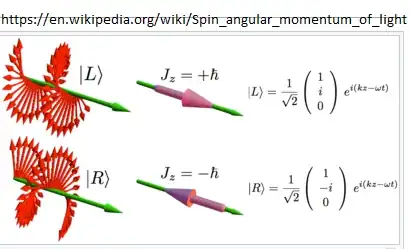One has to keep in mind clearly what light is, i.e. classical electromagnetic radiation, and what a photon is : an quantum mechanical elementary particle of mass zero and spin 1.
Classical Maxwell's equation describe beautifully the behavior of light and electromagnetic radiation generally, including the behavior when em radiation hits an antenna.
The photons have a wavefunction given by solutions of a quantized Maxwell's equation, an example here

Note the E and B in the wavefunction. These are the electric and magnetic fields of the classical wave which will emerge from zillions of photons with that E and B.
As E and B appear in the complex wavefunction a photon does not really have an electric or magnetic field, it just has the energy=h*nu where nu is the frequency of the classical wave to which this single photon can contribute.
The probability of being located in space is given by the $Ψ*Ψ$ .
A photon interaction with matter, the antenna included, would involve the square of the wave function $Ψ*Ψ$, but the emergent beam comes from a superposition of photons, not interaction.
In analogy to thermodynamic quantities emerging from the underlying statistical mechanics, light emerges from the underlying photon level. This can be shown with quantum field theoretical calculations
With this in mind:
what is the ratio of a photon's electric to its magnetic field strength?
Similar to the classical field, but it is expressed in an imaginary complex space, not in four dimensional space
what is the value of a photon's electric field with regard to an electron's electric field strength?
As the square of the electric field of the classical beam is proportional to the energy of the beam, it means that many photons will add up to build up the classical electric field.
From the above, a single photon does not have an electric field to be compared with the free electric field of an electron. It is the emergent ensemble that has an electric field.
The image in this link may help for intuition .

Does it vary with its frequency?
A photon, if it is in a superposition of wave functions with other photons will have the same frequency since it can only lose energy with interactions, and its energy is = h*nu, nu is the frequency.
The underlying photon behavior is complex, and classical solutions are more than adequate for most situations .

